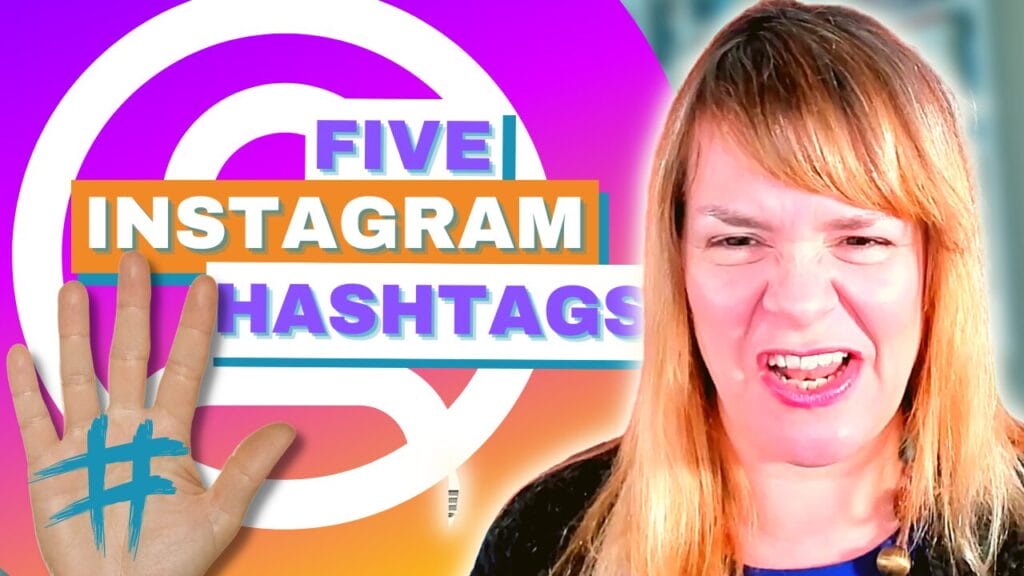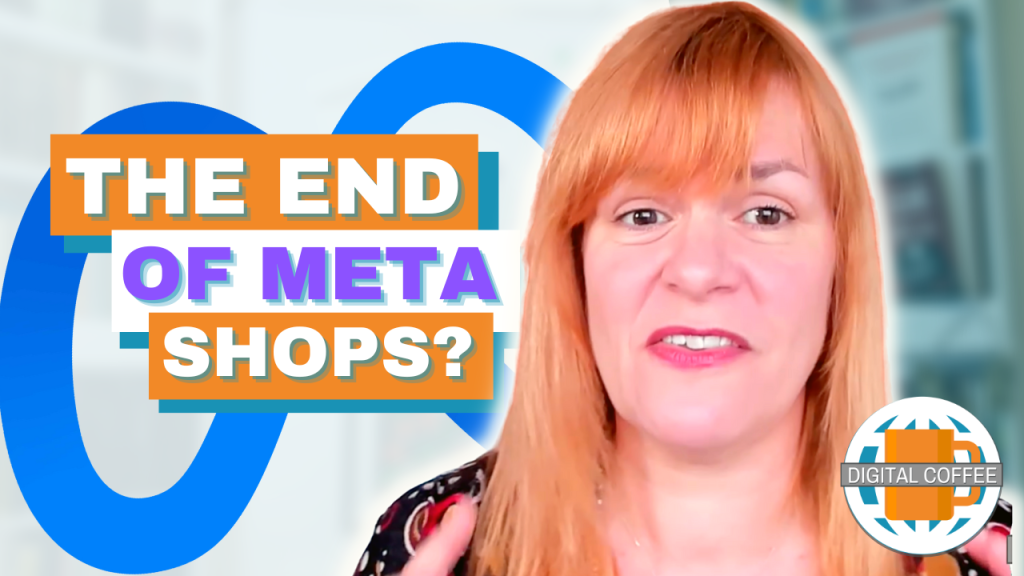
Are your blog subheadings an afterthought? Do you need them? Could they be the secret to getting people to read more and stay on site longer?
Listen below to find out how to write subheadings that keep your readers on site
Podcast: Play in new window | Download
Subscribe: Apple Podcasts | RSS
Sometimes I visit a blog post and I just can’t face it.
I’ll read the first paragraph and it sounds interesting but ugh, there’s just so much text.
Other times I’ll visit a massive blog post and I’ll know there’s value there, but finding it in the mass of text seems almost impossible.
We have to face that many of our readers don’t want to read every word we write.
Good subheadings won’t get people to read every word but they will stop people leaving your post early. They signpost sections of the post allowing readers to find the information important to them.
By telling readers more about what is in the post we are more likely to keep them on site.
In a time-starved world, the subheading tells readers they have arrived in the right place.
This is part 2 in our series on how to write blog posts that your readers will read to the very end:
In part 1 we looked at opening paragraphs
In this post we look at subheadings.
In part 3 we look at how you can write scannable content
In this, part 4 we’ll look at blog endings
Subheadings are everywhere
It’s not just bloggers that use subheadings. Pick up your favourite reference book, an academic paper or a newspaper. All of them include subheadings to help guide readers through the text.
Although common in printed formats they are more important online, in a space where a wall of text will just scare off your reader.
Don’t just be bold
Subheadings on blogs have a specific format. You can bold your subheading text but it’s not enough to make it stand out (and we’ll talk about bold in the next show).
Instead, you can use the inbuilt subheadings in your blogging software.
On WordPress these are above the composition window. You’ll see a button ‘paragraph’ click that to see your heading options.

Only use Heading 1 for your main headline. Use the other heading types throughout your post to guide readers through the text.
The purpose of your subheading is…
To introduce the ideas from the post.
When we structure our blog posts we break it into paragraphs or sections. For example, the sections I identified for this post were:
- Purpose
- What are they? How to set them up
- Rubbish subheadings
- Types of subheading
- How often include subheading
Each of those sections requires a subheading. We need to get creative if we’re going to guide people through a post. We need to make sure they’re not… well rubbish.
Rubbish subheadings
I landed on a blog post last week. It was on a topic I was interested in but by the time I got past the opening lines and into the first paragraph I was bored. Why?
The writer was so keen to get her keyword for search engine optimisation into a subheading she’d just thrown it in. It didn’t make sense to have it there and it made me think I was starting to read all over again.
This is a common mistake and one I’m sure I’ve made myself, if you catch yourself at it stop. You’ve forgotten the golden rule of blogging…
Well one of them.
Write for your reader first and search engines second. The function of your subheading is to make it easier for your reader to navigate your post. Its secondary purpose is telling Google and other search engines what the post is about.
The function of your subheading is to make it easier for your reader to navigate your post.Click To TweetBecause your subheadings are guides to your post make them descriptive. Your job is to tell people what the post is about. You need to make your headings interesting enough to keep your readers on site.
So instead of a simple description of what’s in the paragraph challenge yourself to get creative.
Instead of ‘What are subheadings’ I went for ‘Subheadings are everywhere’
The first is descriptive but kinda boring, the second fits the paragraph better and hopefully encouraged you to read on.
De-rubbish your sub-headings
Go look at your own blog and some of your favourite blogs. What do the sub-headings say to you? Are they an afterthought or do they catch your attention?
Spending a little longer writing sub-headings and being creative can make all the difference.
Try some of these techniques
It’s time to get emotional
If you want to go all in on subheadings you should treat them like your blog titles. Research them, test them, hone them.
Like headlines, emotion will attract your audience. Use AM institute’s headline checker to see how emotionally charged each subheading is. (the one above scored 40%)
Try including power words that will capture your reader as they scroll. And use ‘you’ and ‘your’ to relate to your audience.
Read more on writing better headlines here
What’s the answer?
When you pose a question in your sub-heading you piqued the curiosity of your audience. They’ll just have to read on to find the answer.
Be a tease
Rather than asking the question, give people a snippet of the answer, a hook that will lead them to read more.
For example – The formula for success.
Which brings me to…
The formula for success
Well, it’s not a formula exactly but include some of these in your subheadings and you can’t go far wrong.
- Spend as long on subheads as blog titles
- Include power words
- Be emotional
- Think different
- Be a tease
And finally…
How often should include subheading in your blog post?
According to Yoast you shouldn’t follow a subheading with more than 300 words. If you use their plugin it will flag it if you break that limit.
You don’t have to have 300 words per subheading either, go shorter if you like. You can go longer too space your text nicely and use images to break it up and it can work.
Your Turn
It’s time to get serious with your subheadings. You may have conquered your headline and dragged people into your post with an epic first paragraph but it’s the sub-headings that will stop your readers skipping through.
Get FREE ACCESS to Analytics Day 2024 - 11th June 2024








